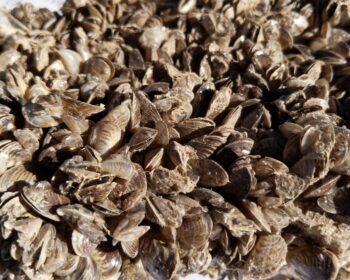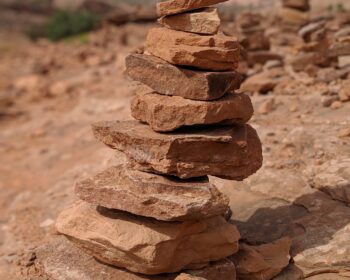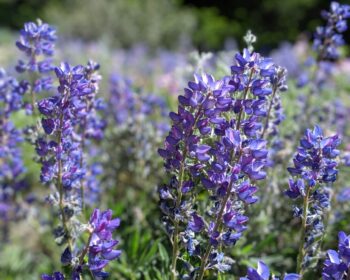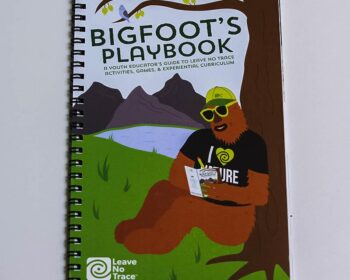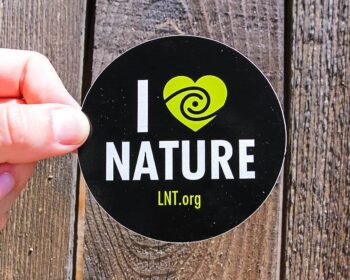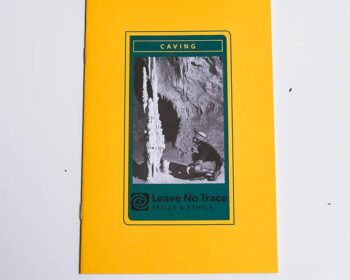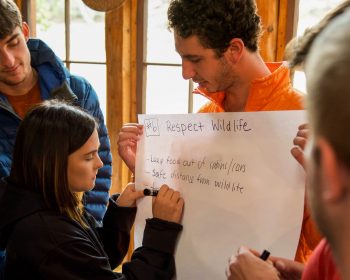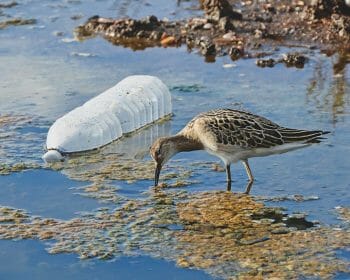Principle 4: Leave What You Find
The items we find in nature have a role to play, either in the ecosystem or the story of the landscape. Leaving what we find in place helps to preserve both. Allow others a sense of discovery by leaving rocks, plants, archaeological artifacts, and other objects of interest as you find them.
The Basics:
- Preserve the past: observe cultural or historic structures and artifacts, but do not touch them.
- Leave rocks, plants, and other natural objects as you find them.
- Avoid introducing or transporting non-native species.
- Do not build structures, furniture, or dig trenches.
Practice the Skills of this Principle
Avoid Damaging Live Trees and Plants
Avoid hammering nails into trees to hang things, hacking at them with hatchets and saws, or carving into them. These actions can make the trees more susceptible to disease and cause lasting damage. When tying items such as clotheslines or hammocks to a tree, 1-inch wide straps should be utilized to avoid girdling the tree. Only utilize these items when large and sturdy enough trees are available—cutting boughs for use as sleeping pads should be avoided as it creates minimal benefit and maximum impact.
Picking a few flowers does not seem to have any significant impact, and if only a few were picked, it wouldn’t. But, if every visitor thought, “I’ll just take a few,” a much more significant impact might result. Pollinators supported by these plants often have small ranges and may depend on just a few species of flowers for survival. Removal of flowers will also impact the plant’s ability to reproduce and may result in fewer flowers in that location. Take a picture or sketch the flower instead of picking it to leave what you find.
When foraging for edible plants, be careful not to deplete the surviving vegetation or disturb rare or slow reproduction plants. All local guidance should be closely followed. Traditional gathers by indigenous communities take place on many public lands. Any guidelines surrounding these, such as limiting gathering amounts or locations for other visitors, should be respected.
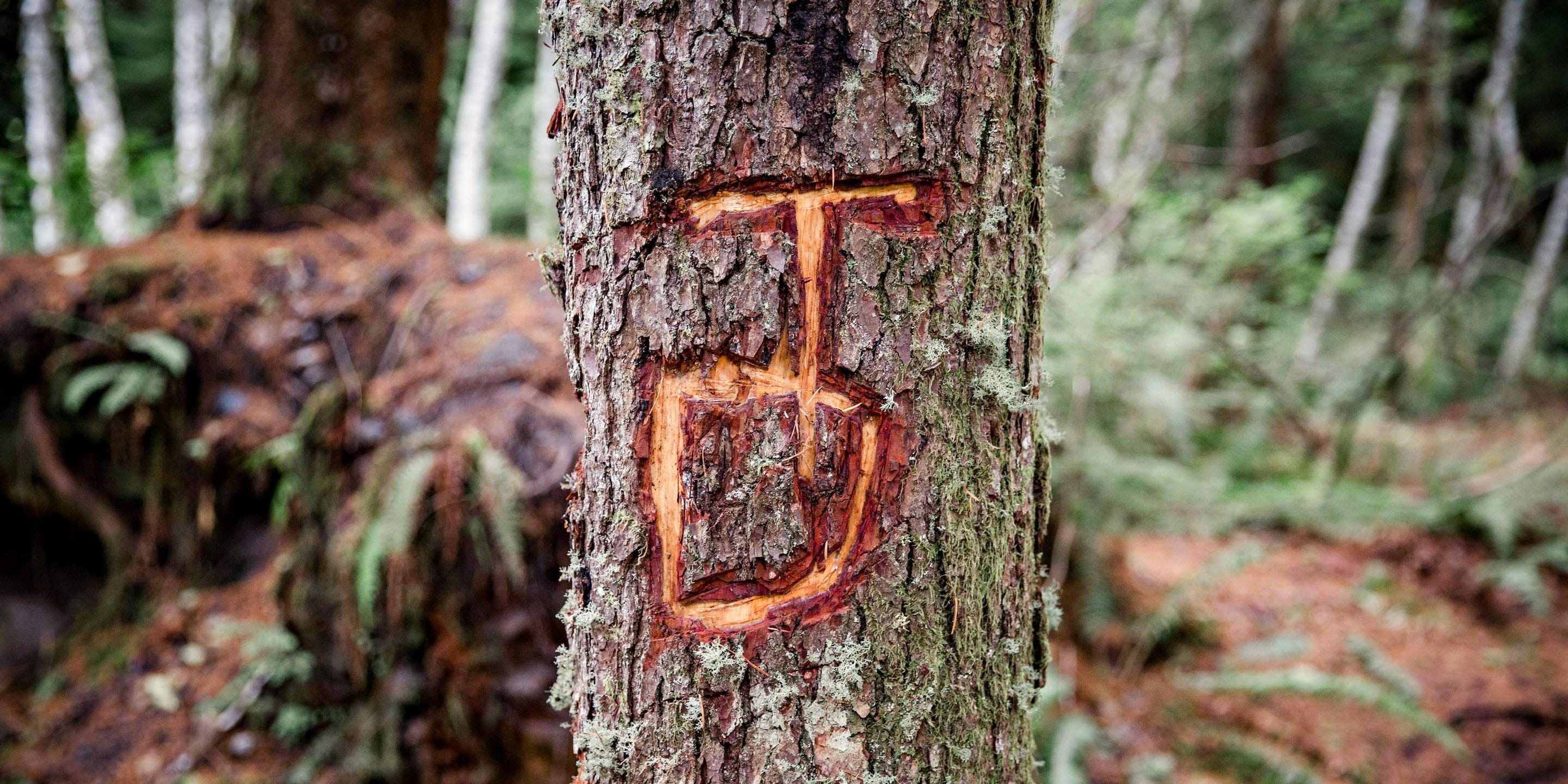
Leave Natural Objects and Cultural Artifacts
Natural objects of beauty or interest, such as antlers, petrified wood, or colored rocks, add to the experience of an outdoor area and should be left so others can enjoy a sense of discovery. Additionally, they may play a vital role in the ecosystem by providing essential nutrients, habitat, or other benefits. These natural objects are also protected by law in national parks and many other protected places.
The same ethic applies to cultural artifacts found on public lands. The Archaeological Resources Protection Act protects cultural artifacts. Removing or disturbing archeological sites, historic sites, or artifacts such as pot shards, arrowheads, structures, and even antique bottles found on public lands is illegal. These items should be left in place.

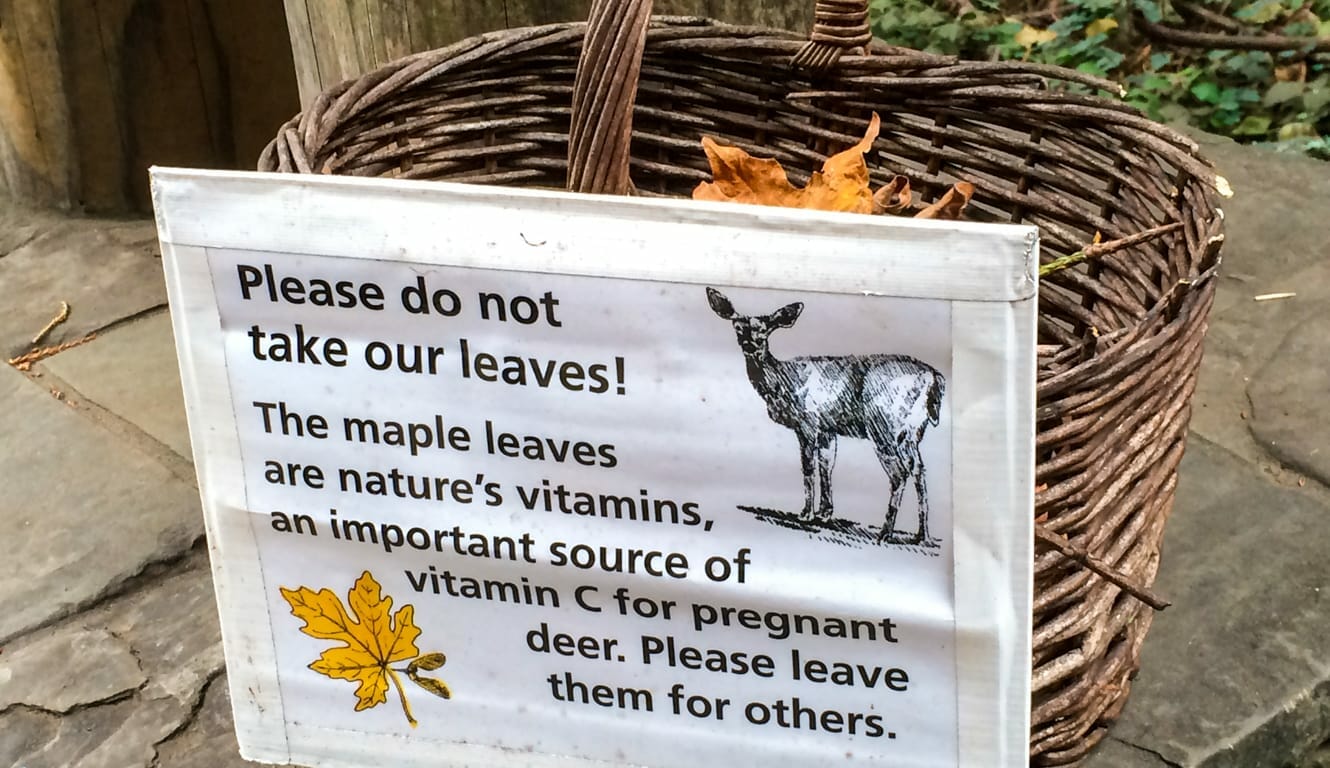
Minimize Site Alterations
Leave areas as you find them. Do not dig trenches for tents or construct lean-tos, cairns, tables, chairs, or other rudimentary improvements. Moving rocks can promote erosion and alter habitats for aquatic species and insects. Building cairns can also cause navigation issues for those who come after you. If you clear an area of surface rocks, twigs, or pine cones, replace these items before leaving. Consider the idea that good campsites are found and not made.
Properly located and legally constructed facilities, such as a single fire ring, should be left in place in many locations. Dismantling them will cause additional impact because they will be rebuilt with new rocks and thus impact a new area.
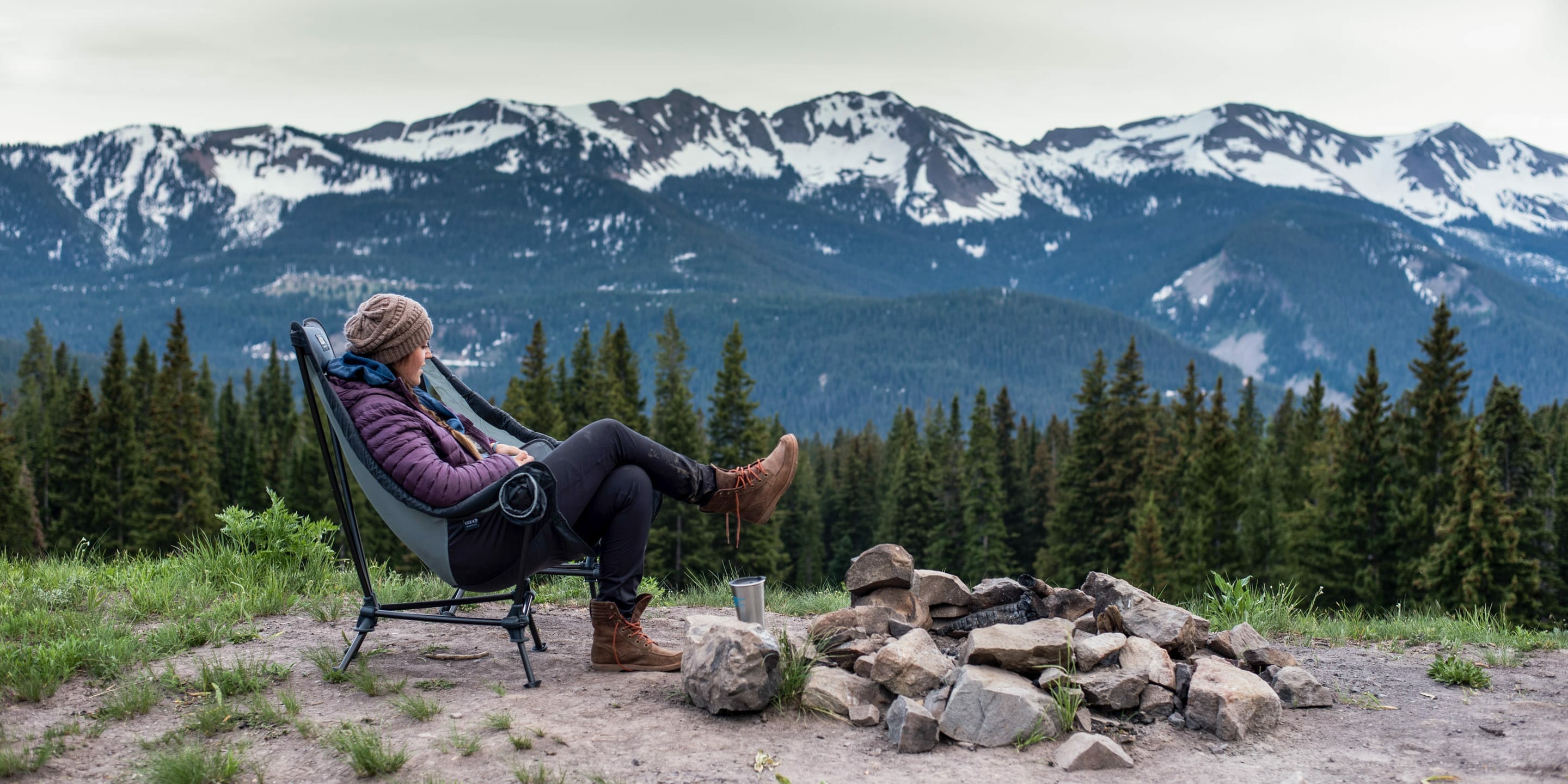
Invasive Species
Avoid transporting and introducing invasive species by cleaning outdoor gear regularly. Boats should be cleaned, drained, and dried before using them in a new water source. Boots, tents, bike tires, etc., should be cleaned regularly.
Do you believe that education is the most effective line of defense for protecting the outdoors? Leave No Trace teaches millions of people the critical skills needed to care for the environment every year.
Let’s protect and enjoy our natural world together
Get the latest in Leave No Trace eNews in your inbox so you can stay informed and involved.

